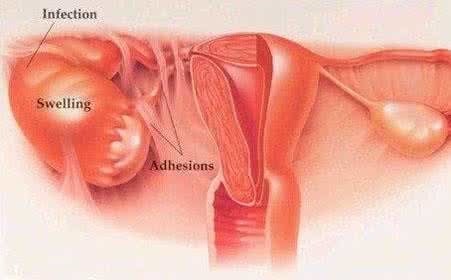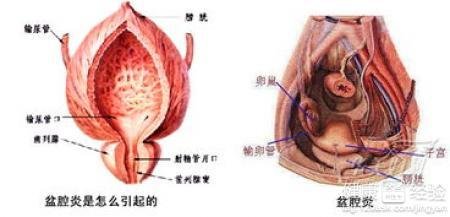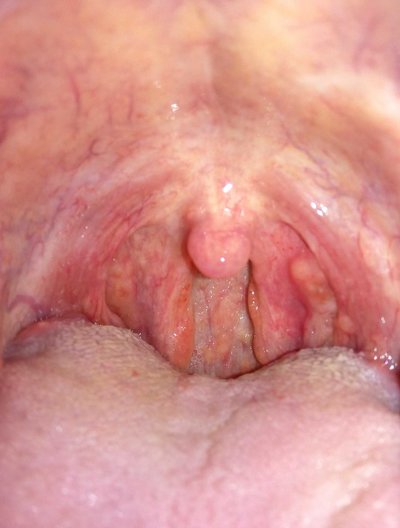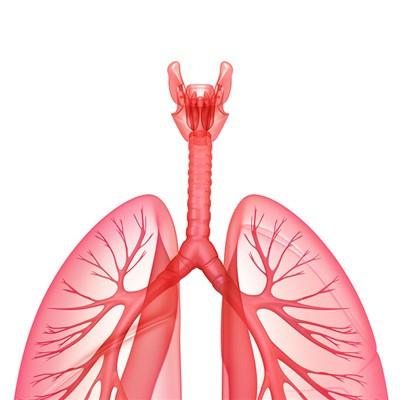Symptoms of ovarian tumors
summary
Ovarian tumor refers to the tumor that occurs on the ovary. It is one of the common tumors of female genitalia. Ovarian cancer is also the highest mortality of gynecological cancer. Although great progress has been made in basic research and clinical diagnosis and treatment of ovarian cancer in recent years, the 5-year survival rate is still not significantly improved. Symptoms of ovarian tumor? Let's talk about it
Symptoms of ovarian tumors
Small mass generally does not produce symptoms, occasionally the affected side of the lower abdomen sinking or traction pain. Abdominal mass can be clearly touched with smooth surface, no tenderness and cystic sensation. Most benign tumors form a long peduncle with the fallopian tube. Because there is no adhesion between the tumor and the surrounding tissues, the mass can be pushed from the lower abdomen to the upper abdomen.

Tumors of the middle and long pedicle * including ovarian retention cysts may develop tumor and pedicle torsion. Once torsion occurs, bleeding and necrosis may occur. The clinical manifestation is acute abdomen, with abdominal pain, nausea or vomiting. During examination, abdominal muscle tension and tenderness are obvious at the tumor site, with elevated body temperature and increased white blood cell count. When the tumor is large, it oppresses the adjacent organs, causing difficulty in urination and defecation.

Such as granulosa cell tumor, due to the production of a large number of estrogen, can cause symptoms of precocious puberty. Female characteristics such as physique, mammary gland and external genitalia all developed rapidly, and menstruation appeared, but ovulation did not occur. Bone development can be beyond the normal range. The levels of estrogen and gonadotropin in urine were higher than those in normal adults.

matters needing attention
(1) vigorously carry out publicity, advocate high protein, high vitamin A, C, e diet, avoid high cholesterol diet. High risk women should use oral contraceptives. (2) women over 30 years old should have gynecological examination once a year, and the high-risk group should start the census from childhood. B-ultrasound detection can be done, and routine examination of fetal alpha globulin can be done.













